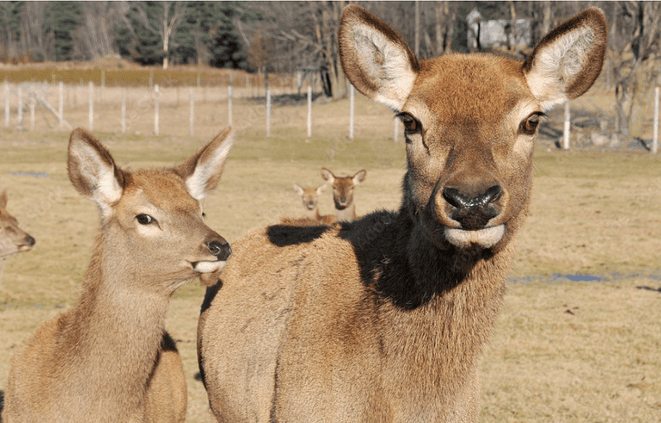MSD discuss why vaccination is essential in loss prevention with your Deer herd.
Yersinia – the disease
Yersinia is still the leading cause of death in fawns during autumn and winter. Yersinia bacteria are widespread and survive well in soil, water, and pasture. Carrier animals also shed these in faeces. Weaner deer are most at risk, and usually becoming infected at 4 - 8 months of age by eating or drinking faecally contaminated material.
Disease is primarily related to age, stress, and exposure to bacteria. Important stressors include weaning, poor nutrition, sudden change in feed, mixing of deer groups, cold wet windy weather, yarding, transport, concurrent diseases, and heavy parasite burdens. Once an outbreak of Yersiniosis has started, it is too late to vaccinate.
Yersiniavax – the vaccine
Yersiniavax was launched to the market in 1993, and after nearly 30 years, Yersiniavax remains the only vaccine specifically developed for farmed deer!
Colin Macintosh (life member of the New Zealand Veterinary Association), along with Bryce Buddle and Frank Griffin, addressed the need by New Zealand deer farmers for a vaccine that could prevent large scale losses from Yersiniosis. This was a collaborative project between AgResearch Invermay, Otago University and AgResearch Wallaceville. The vaccine took about 5 or 6 years to develop, including preliminary epidemiological studies identifying strains, carriers, and infection profiles in weaner deer. This work confirmed that virtually all weaners get exposure some time in their first autumn /winter. There were then 2-3 years of experimental challenge studies, testing various adjuvants or carriers for the vaccine, safety studies and then field evaluation.
Colin once gave a fantastic ‘tongue-in-cheek’ presentation entitled “Yersiniavax – a recipe for disaster” where he discussed things farmers should do if they want their vaccine to not perform as it should.
These include:
- Don’t read the instructions
- Leave the vaccine in the truck, preferably in full sun, for a few days before using
- After the first dose, leave the vaccine lying round in the shed or on the bench (preferably in the sun) for a few weeks before giving the booster shot
- Don’t wash out the vaccinating gun or check that it is delivering the right dose, use an old dirty one!
- Reuse old blunt dirty needles!
- Vaccinate wet animals!
- Ensure all animals are highly stressed before vaccination (round them up lots)
- Combine Yersiniavax vaccination with weaning, ear tagging, weighing, other vaccinations and as many other treatments as you can think of, the more the better!
- Don’t bother with a second dose of vaccine, or at least wait until after an outbreak of yersiniosis has started before giving it!
Obviously, these points are really ones that need to be AVOIDED to ensure a good result from using Yersiniavax. All weaners will be exposed to this deadly bacterium and using the vaccine correctly will ensure these losses are greatly reduced.
Vaccination enhances rather than substitutes for good management and will help prevent a serious epidemic by reducing the spread of disease through a mob. Two doses of Yersiniavax, 3 - 6 weeks apart, are required to stimulate immunity. The first dose should be from 3 months of age to maximise the programme’s effectiveness. In cases of a long fawning, the use of a third shot may be beneficial in some younger animals.
Contact your vet today to discuss a plan for your weaners next season.
AVAILABLE ONLY UNDER VETERINARY AUTHORISATION.
ACVM No: A6151. Schering-Plough Animal Health Limited
Phone: 0800 800 543. www.msd-animal-health.co.nz NZ-YER-210800001
2021 Intervet International B.V. All Rights Reserved.

